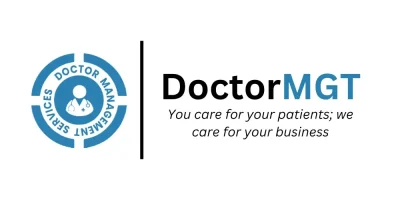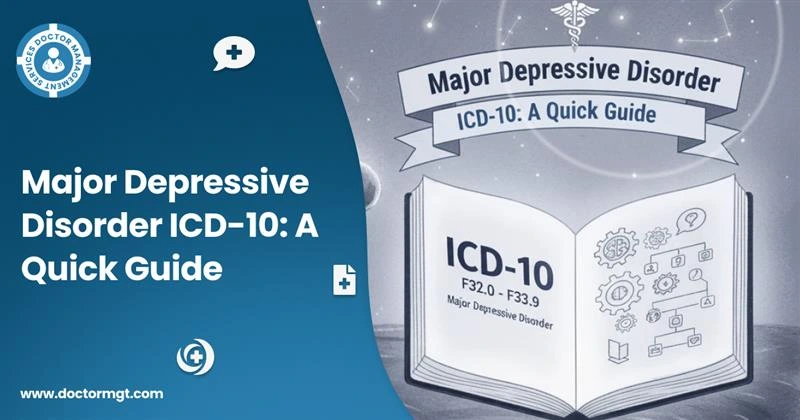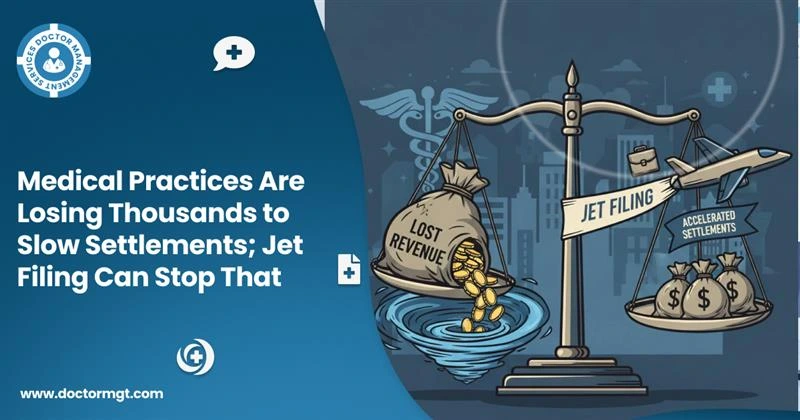Depression isn’t just a passing low mood; it’s one of the leading causes of disability worldwide. According to the World Health Organization, more than 280 million people live with depression globally, and major depressive disorder (MDD) is among the most commonly diagnosed mental health conditions. It is crucial to accurately code this disorder while medical billing for proper reimbursement.
For medical billing and clinical documentation, understanding MDD ICD-10, also known as mdd icd 10 codes, ensures that the diagnosis aligns with CMS guidelines and meets insurance requirements. It also helps mental health providers in delivering timely care and avoiding claim denials.
What Is Major Depressive Disorder (MDD)?
Major depressive disorder (MDD) is often known just as depression, a mental health condition that shows persistent feelings of sadness, loss of interest in daily activities, symptoms of fatigue, difficulty or disturbances in sleeping, appetite loss or changes, sudden extreme mood swings, and sometimes other cognitive difficulties. Its symptoms continue for more than two weeks or a longer period of time and significantly impact daily life functioning.
Unlike temporary mood fluctuations, MDD can be chronic or episodic. Some patients experience a single episode, while others face recurrent episodes over their lifetime. The condition may vary in intensity, mild, moderate, or severe. The coding is done on the basis of these factors.
In clinical settings, providers commonly use the Diagnostic and Statistical Manual of Mental Disorders (DSM), which sets the standard for psychiatric diagnoses. However, for documentation, insurance reimbursement, and billing, these diagnoses based on DSM are translated into ICD-10 codes.
ICD-10 Depression Coding Overview
Major Depressive Disorder, most widely known as (ICD-10) or icd-10 depression codes are part of the F30–F39 range, which covers mood (affective) disorders. Specifically, MDD falls under the F32 and F33 categories.
- F32 codes are used for a single depressive episode.
- F33 codes are used for recurrent depressive episodes.
This distinction matters greatly for both clinical documentation and reimbursement. Accurately identifying whether it’s a patient’s first or recurrent episode helps ensure appropriate care planning and compliance.
ICD-10 Codes for First Episode of MDD
When a patient experiences depression for the first time, coding falls under the F32 series. These codes allow providers to specify severity levels:
| ICD-10 codes | Condition (Single Episode) |
| f32.1 | Major depressive disorder, moderate |
| f32.2 | Severe Major depressive disorder without psychotic symptoms |
| f32.3 | Severe Major depressive disorder with psychotic symptoms |
| f32.4 | Severe Major depressive Disorder in Remission status |
| f32.5 | Major depressive disorder, in full remission |
| f32.9 | Major depressive disorder, unspecified |
| F32A | Depression, unspecified |
Using the right code depends on the documented severity and clinical assessment. For example, f32.1 diagnosis code is typically used when symptoms are moderate and affect the patient’s daily functioning but are not accompanied by psychosis.
ICD-10 Codes for Recurrent Episodes of MDD
For patients who have experienced multiple depressive episodes, coding shifts to the F33 category. This helps distinguish chronic or recurrent depression from an isolated episode.
| ICD-10 codes | Condition (Recurrent Episode) |
| f33.1 | Major depressive disorder, moderate |
| f33.2 | Severe Major depressive disorder without psychotic symptoms |
| f33.40 | Severe Major depressive disorder with psychotic symptoms |
| f33.42 | Severe Major depressive Disorder in Remission status |
| f33.9 | Major depressive disorder, unspecified |
When coding for MDD recurrent moderate icd 10, providers typically use the F33.1 diagnosis code, which applies to recurrent moderate depressive episodes without psychosis.
Anxiety and Comorbid Conditions: F41 Codes
Depression often coexists with anxiety disorders. Many patients with MDD also meet criteria for generalized anxiety disorder or other related conditions.
The F41 series in ICD-10 covers anxiety-related diagnoses:
- f41.0: Panic disorder (episodic paroxysmal anxiety)
- f41.1: Generalized anxiety disorder
- f41.9: Anxiety disorder, unspecified
While these are not technically MDD codes, they are commonly used alongside MDD codes when comorbid anxiety is present. Documenting both ensures proper treatment planning and maximizes billing accuracy.
Coding Example in Clinical Practice
Imagine a patient visits their psychiatrist for ongoing depressive symptoms. This is their second episode in five years, and their depression is moderate without psychotic features. The correct ICD-10 code would be F33.1 diagnosis code for major depressive disorder, recurrent, moderate.
If another patient presents for their first episode with moderate symptoms, the correct code would be f32.1 diagnosis code. If the same patient also has generalized anxiety disorder, an additional F41.1 code would be added to reflect comorbidity.
Common Documentation and Coding Errors
Despite the clear guidelines, many practices face issues like:
- Using unspecified codes too often (e.g., f32.9 or f33.9)
- Forgetting to document episode status (single vs. recurrent)
- Not coding comorbid conditions like anxiety
- Failing to update remission status when symptoms improve
These errors can lead to denied claims or incomplete patient records. Staying current with coding updates and payer rules is essential to avoid disruptions.
Tips for Accurate MDD Coding
- Specify severity, psychotic features (if any), and remission status.
- First vs. recurrent episode impacts code selection.
- Use additional codes (like F41) when anxiety is present.
- Some insurers have specific documentation requirements.
- Partnering with a mental health billing company can help avoid costly mistakes.
Why This Matters for Providers and Patients
Precise coding isn’t just about reimbursement; it affects patient outcomes. Clear documentation allows providers to track treatment response, adjust therapy, and collaborate across care teams. For patients, this translates into more coordinated, effective, and continuous care.
For providers, especially smaller practices, outsourcing to a physician practice management company can ensure compliance and efficiency. It allows clinicians to focus on what matters most: their patients.
Final Thoughts
Major depressive disorder remains one of the most prevalent and serious mental health conditions worldwide. Understanding and correctly applying MDD ICD-10 codes is essential for effective clinical care, accurate reimbursement, and comprehensive patient records.
For a single episode, the F32.1 diagnosis code is commonly used for moderate severity, while the F33.1 diagnosis code applies to major depressive disorder recurrent moderate ICD-10. Other codes, like F41, may be added if anxiety is also present.
As the landscape of mental health care evolves, coding accuracy remains a cornerstone of both clinical practice and financial sustainability. Whether you manage your billing in-house or through a trusted mental health billing company, getting MDD coding right benefits everyone: providers, payers, and most importantly, patients.







